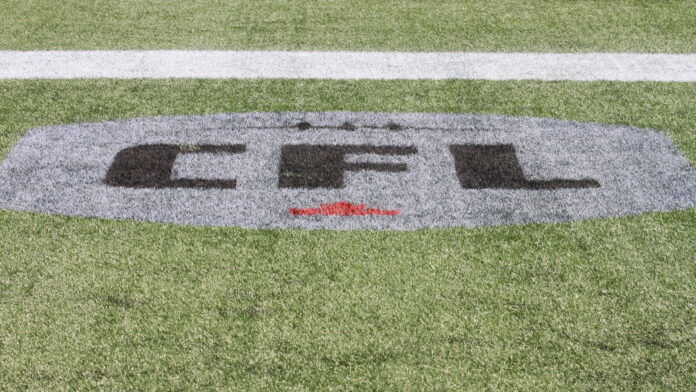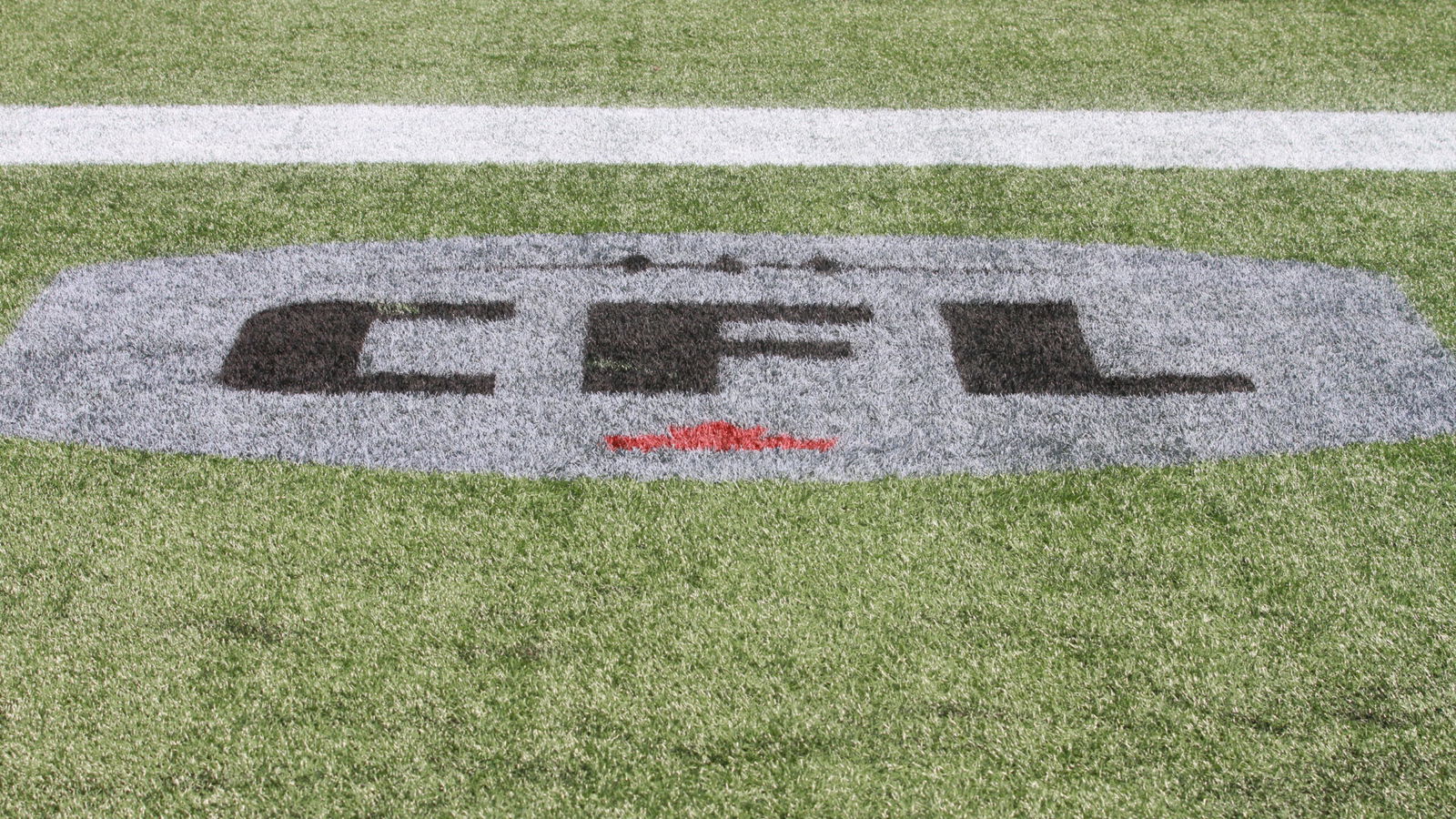 Photo courtesy: Bob Butrym/RFB Sport Photography
Photo courtesy: Bob Butrym/RFB Sport Photography
Call me whatever you like — old-fashion, short-sighted, a stick in the mud, an impediment to progress, naive — but most of the changes announced by CFL commissioner Stewart Johnston on Monday fix something that isn’t broken.
Like many others who love the CFL, I am a traditionalist who cherishes the aspects of our game that make it unique. This doesn’t mean I’m against all change — in fact, I believe it’s healthy for the league to review its structure, rules, and format. Just because something has always been done one way doesn’t mean it can’t be tweaked or improved.
What I’m firmly against is change for the sake of change — adjustments that shrug off decades of tradition as if they don’t matter, and alterations that address problems nobody is complaining about.
Before diving into the incoming changes that I hate, let’s start with the ones I like. Having team benches on opposite sides of the field was long overdue and rectifies a safety issue. Frankly, the CFL is fortunate there’s never been a bench-clearing brawl given the proximity of two teams in heated contests.
I also think that changing the play clock to 35 seconds with it starting automatically is a positive. Though the play clock is technically 20 seconds now, it sometimes takes the referees 20 or 30 seconds to blow play in.
With that said, I don’t understand how Johnston announced this change without explaining how it will impact the final three minutes of a half, which are often the best parts of CFL games. The last three minutes of the half is one of the CFL’s biggest strengths as teams are forced to actually play football — not kneel things out — allowing for epic comebacks.
Not clarifying how the new 35-second clock will work at the end of a half naturally leads fans to speculate that CFL teams will run out the clock at the end of games, as is commonplace in the NFL. “No lead is safe” could quickly become “Most leads are safe.” It appears the rules committee will be tasked with ensuring things stay exciting but Johnston should have done a better job of clarifying this when speaking to the media.
Speaking of which, people need to stop criticizing fans for saying the announced changes Americanize the league to an extent. They do.
While the CFL is retaining some aspects that make it unique, going to a 100-yard field, shortening the end zones, and moving back the goalposts bring the game more in line with four-down football. If the CFL field looks more like the NFL field, it has indeed been Americanized. Period.
Intended or not, making the CFL aesthetically more American was always going to spark a reaction and it especially comes off as tone deaf given the current political climate. Let’s tackle the changes one-by-one.
How can one claim the goalposts must be moved in order for teams to have better access to the end zone, and in the same breath reduce space by shortening them? Smaller end zones will naturally lead to less of the playbook being available to offensive coordinators.
Yes, the goalposts currently force teams to get creative with their end zone passing, but teams still throw to the middle of the end zone. The real issue isn’t the goalposts, it’s the prevalence of teams running quarterback sneaks — a thoroughly unexciting play — near the goal line. Instead of moving the goal posts, why not ban quarterback sneaks inside the five-yard line? Maybe they should be banned entirely.
The two main justifications for moving the goalposts to the back of the end zone were player safety and to present a cleaner visual product.
I’ve been attending CFL games for my entire life and I’ve never heard anyone complain about the current location of the goal posts impeding their view. And as someone who literally watches every game on television, there’s yet to be a highlight TSN’s cameras have missed due to the uprights.
As for safety, while there’s a valid concern about someone running into the goalposts and suffering an injury, the CFL’s explanation video had to go back several seasons to showcase an example of it happening, which highlights how rare it is.
Is moving the goalposts back and eliminating missed field goal returns — one of the most exciting plays in all of football — worth it because once every five seasons someone runs into the padded post or a quarterback “doinks” a pass? I don’t think so.
THE REDBLACKS TIE THE GAME WITH LESS THAN A MINUTE TO GO ON A FIELD GOAL RETURN TOUCHDOWN 🤯#CFL pic.twitter.com/ABvPP0NKds
— TSN (@TSN_Sports) August 15, 2025
That leads us to the changes to the rouge. Johnston talked of how the rouge as it currently stands rewards failure. I find that wording to be misleading and the problem is it instantly frames the rouge as something negative, when it’s not.
Opponents of the rouge love to say you shouldn’t give out points for missing kicks, but that’s not how a rouge works. With where the goalposts are currently located, a missed field goal still needs to travel another 20 yards to be worth a single point. That doesn’t happen all that often, but when it does, an offence is rewarded with a single point for getting into range to score.
If teams don’t want to lose the game by a single point, they should score more in the first 59 minutes of play, not allow the opposition to get that close to the end zone, and return the ball beyond the goal line when a kick is missed.
Why take a scoring method away from teams when sports leagues around the world are constantly looking to increase scoring? Why is removing something that makes the game unique a good thing?
Yes, the rouge will exist next season, but with the goalposts at the back of end zones, we’ll be seeing fewer returns — particularly on missed field goals.
In his various media hits this week, Johnston talked of trading field goals for touchdowns, but are we sure that’s what’s going to happen?
What the CFL will probably be trading is points (ie. field goals) for punts. As things currently stand, a team facing third-and-three on the 40-yard line would probably try a 47-yard field goal. A miss would probably still result in points or lead to an exciting return.
With the new rules, this same situation would require a 62-yard field goal attempt. Coaches aren’t suddenly going to become more aggressive — they’ll probably choose the conservative option and try a coffin-corner punt to pin their opponent deep. It’s folly to believe these changes will suddenly make coaches work against their very nature.
These changes are all the more head-scratching given that, according to the CFL’s own data, scoring is up six percent, quarterback ratings are historically high, return touchdowns are up 80 percent, and big plays are up 13 percent. What happens when the these rule changes (likely) lead to more punts and fewer missed field goal returns?
Is it a stretch to suggest we’ll then start hearing about the need for a fourth down to improve offence and restore excitement? Those fears seem all the more valid as, when gifted an opportunity to promise the CFL would always be a three-down league, Johnston chose to remain non-committal.
Finally, we come to the shortening of the field from 110 yards, as it’s been since 1896, to 100 yards. Not only is such a change against the history and tradition of the league, it potentially screws over U Sports and minor league football, who all have 110-yard fields.
It’s one thing to prioritize secrecy to prevent leaks — it’s another to blindside your feeder league and fail to consult with Football Canada. This isn’t a simply matter of painting lines, it’s a foundational change to the physical structure of where and how the game is played.
The justification for shortening the field is it will be easier for teams to score touchdowns as offences will start closer to the end zone. As mentioned above, I fear the league is merely trading field goals for punts. Scoring is up this season, so is it worth messing with decades and decades of tradition — not to mention the record book — on such a flimsy justification? And does the offence really need another advantage over the defence?
When you put it all together, these changes are being solid as modernizing the game and a way to bring new fans into the fold because it’s a cleaner presentation. To me, “cleaner” seems like a pseudonym for “more American.” More CFL teams need to be profitable, sure, but will any of the announced changes actually put money in the owners pockets?
NFL fans aren’t NFL fans because they love the field dimensions, the location of the goalposts, or small end zones. They’re fans because the NFL marketing machine is a behemoth that runs 365 days a year. They’re fans because they play fantasy football and have spent two decades playing Madden video games. They’re fans because they can consume endless podcasts that dive deep into stats that are freely and easily accessible.
If the CFL wanted to try to attract those fans, they could start with something as simple as having stats on their website that function consistently and predate 2016. For a league playing its 112th Grey Cup this November, you’d be extremely hard-pressed to find any stats more than nine years old.
The league could develop an app or significantly increase marketing campaigns beyond annual 30-second video hits. They could invest in telling the stories of their current players and colourful alumni. They could create a season-long fantasy game, which would allow fans to hold preseason drafts. They could partner to have the CFL accessible as a video game. Perhaps those playing it would become familiar with its unique rules and find an appreciation for the Canadian game’s quirks.
The CFL could also attempt to grow by improving its on-field product with the elimination of the football operations cap, collectively bargain to extend the hours teams are allowed to actually practice, and invest in getting U Sports football on TV. That could create a buy-in from fans at the lower level so that people are hyped for prospects while they’re still in university and let things grow from there.
This week’s Americanization of the CFL isn’t going to magically bring in more fans. A tweak to the rouge and cutting 10 yards off the field isn’t going to cause Canadians who only watch the NFL to suddenly flock to the three-down game.
I’m not arguing the CFL shouldn’t be trying to evolve or change or improve its product, but right now I’m worried the CFL’s board of governors is changing the fabric of the game in pursuit of an imaginary fan that doesn’t actually exist. The problem isn’t the CFL product, it’s the missing elements of how it’s packaged and marketed. The NFL might have more talented players, but the CFL game has always been more entertaining.
If the league continues to remove the things that typify the ‘C’ in CFL, they’ll lose loyal fans and be left with nothing. Then the crisis will really hit.

